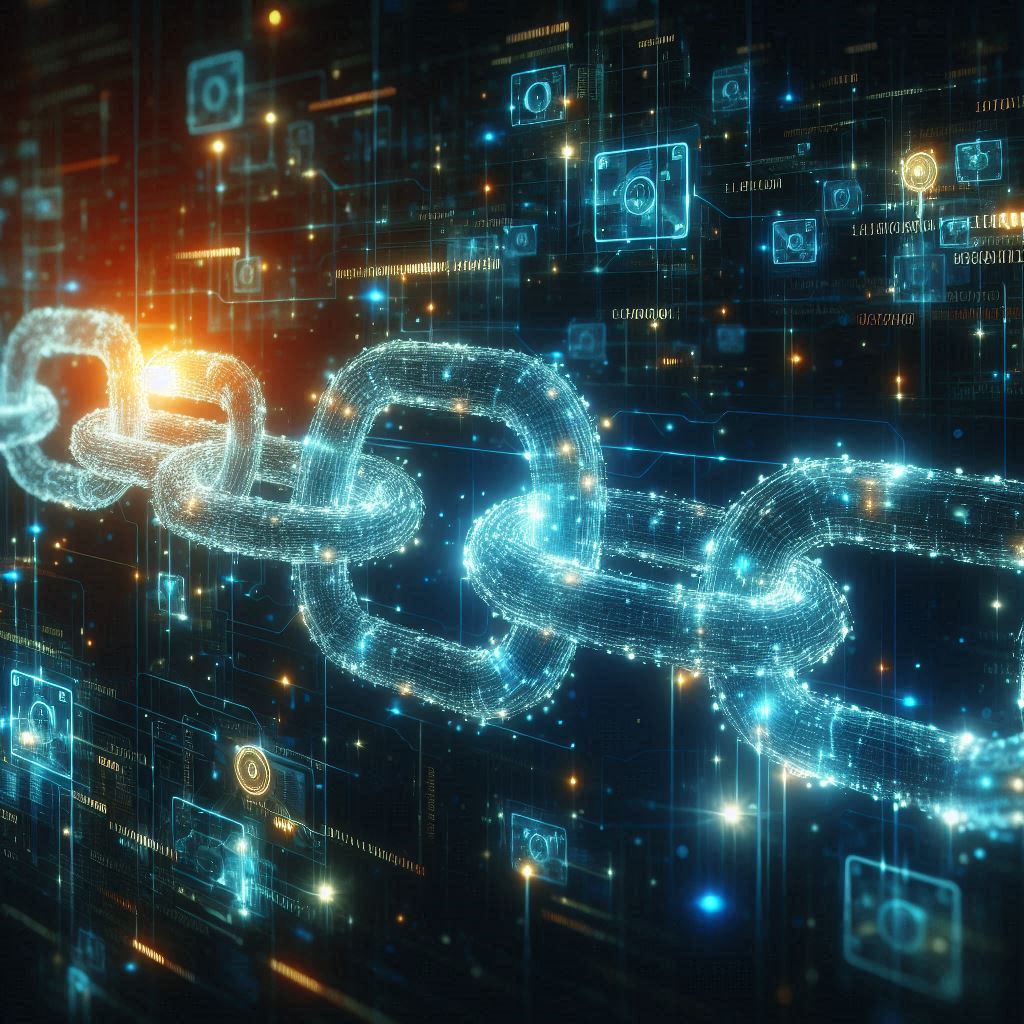
Software as a Service (SaaS) has revolutionized business operations, offering convenience and efficiency. However, with this convenience come new cybersecurity challenges. Hackers continuously evolve their tactics, creating sophisticated attack methods for SaaS applications that differ from those targeting on-premise applications. For instance, on-premise attacks often focus on endpoint exploitation, while cloud attacks may target Identity Providers, bypassing the need to exploit endpoints. This article will explore these differences and help you defend your data and business. We will review the attacker’s kill chain and discuss how to stop it with various defensive measures. To understand this better, let’s start with a review of the seven links in the attacker’s kill chain.

What you begin to see when analyzing the SaaS kill chain vs. the on-premises kill-chain is there are new and difficult areas to focus on. Let’s look more closely at the differences in these kill chains.
The SaaS kill chain is a series of steps that cybercriminals follow to exploit SaaS platforms. These steps involve researching a cloud application and the target company, gathering information on users, and eventually compromising sensitive data. The process can be broken down into the following stages:
In 2023, Okta, a major identity management company, experienced a significant breach. Attackers used stolen credentials to access Okta’s support case management system, which contained session cookies. These cookies were then used to impersonate real user accounts and bypass multi-factor authentication. As a result, several Okta customers, including Cloudflare and 1Password, were targeted, leading to unauthorized access to sensitive data such as Jira tickets and source code. This incident underscores the critical importance of robust access management and vigilance against social engineering attacks in securing SaaS applications (Valence SaaS Security – 5 Lessons from the Okta Breach).
Defending against the SaaS kill chain requires a multi-layered approach. Here are practical steps your business can take:
While technology and tools are essential in defending against cyber threats, the human element remains crucial. Encouraging a culture of security awareness within your organization makes a significant difference. Employees should feel empowered to report suspicious activities and understand their role in protecting company data. Remember, once a year training is no better than an annual trip to the gym. Your employees need to build muscle memory with regular trainings and phishing simulations. Check out CyberHoot’s cybersecurity training and testing here!
The evolving kill chain (on-premise vs. SaaS) represents an evolutionary threat to businesses. Understanding the attack stages and implementing robust security measures at each stage of the attacker Kill Chain can help mitigate these risks. By staying informed and proactive, you can protect your valuable data and maintain the trust of your customers in an increasingly digital world.
Cybersecurity is not a one-time effort but an ongoing process that requires you to stay alert, to provide your employees with continuous education, and to adapt new strategies to thwart these new evolving kill chain threats.
Discover and share the latest cybersecurity trends, tips and best practices – alongside new threats to watch out for.

In cybersecurity, not all attacks happen through fancy malware or zero-day exploits. Some of the most effective...
Read moreGet sharper eyes on human risks, with the positive approach that beats traditional phish testing.
